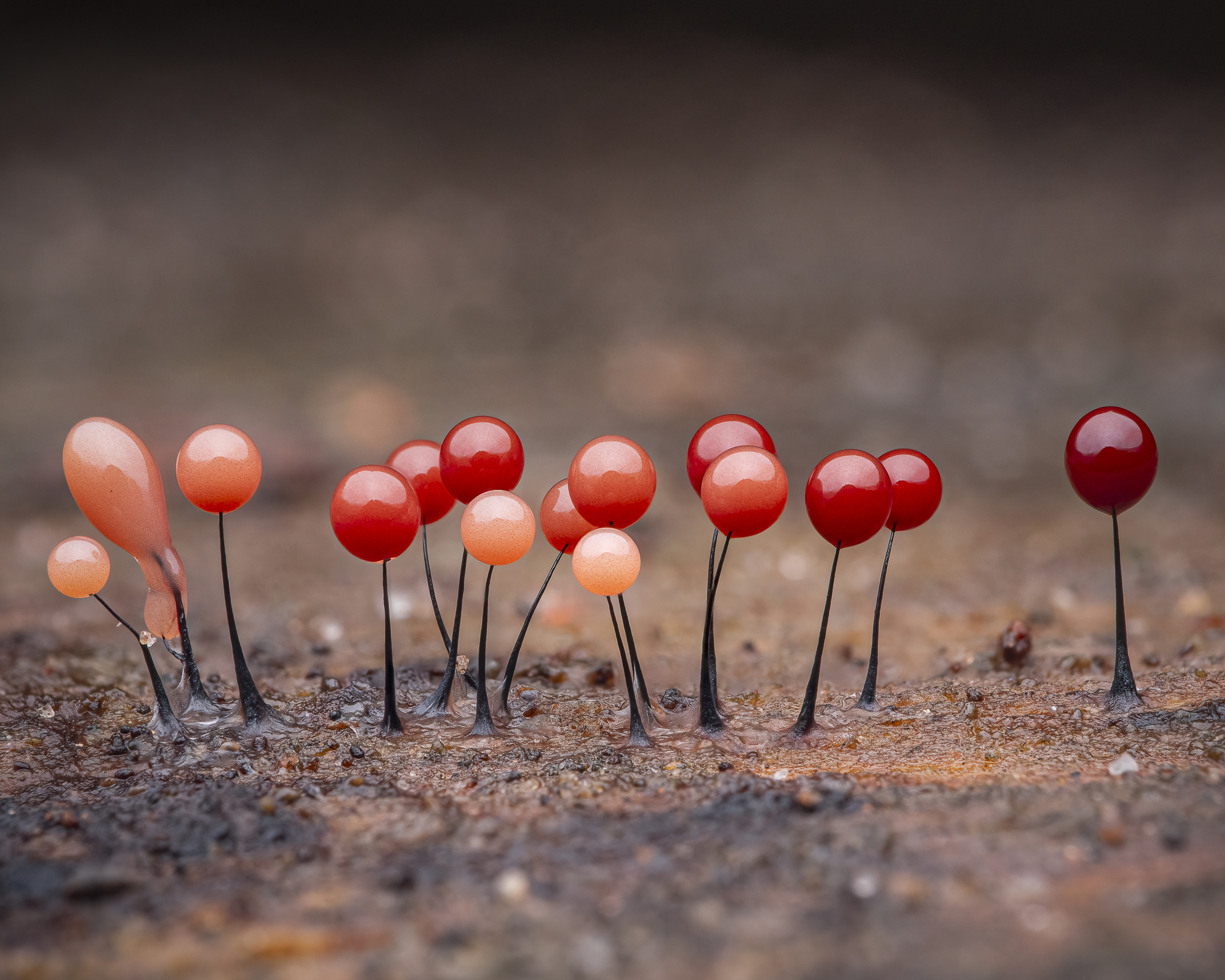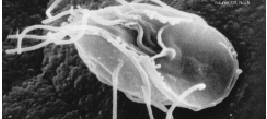|
Didymiaceae
Didymiaceae is a family of plasmodial slime molds in the order Physarales Physarales is an order of Amoebozoa in the class Myxomycetes. It contains three families, the Didymiaceae, the Lamprodermataceae, and the Physaraceae. Physarales was circumscribed by Thomas Huston Macbride and published in 1922. Undescr .... Genera The family contains the following four genera: * '' Diderma'' * '' Didymium'' * '' Lepidoderma'' * '' Mucilago'' References Amoebozoa families Myxogastria {{Amoebozoa-stub ... [...More Info...] [...Related Items...] OR: [Wikipedia] [Google] [Baidu] |
Physarales
Physarales is an order of Amoebozoa in the class Myxomycetes. It contains three families, the Didymiaceae, the Lamprodermataceae, and the Physaraceae. Physarales was circumscribed by Thomas Huston Macbride and published in 1922. Undescribed Family There is evidence of an undescribed family within Physarales that bridges Didymiaceae and Lamprodermataceae, which contains the monotypic genus In biology, a monotypic taxon is a taxonomic group (taxon) that contains only one immediately subordinate taxon. A monotypic species is one that does not include subspecies or smaller, infraspecific taxa. In the case of genera, the term "unispe ... Tasmaniomyxa. References Myxogastria Amoebozoa orders {{Amoebozoa-stub ... [...More Info...] [...Related Items...] OR: [Wikipedia] [Google] [Baidu] |
Diderma
''Diderma'' is a genus of slime molds in the family Didymiaceae. The genus was first described by Christiaan Hendrik Persoon Christiaan Hendrik Persoon (31 December 1761 – 16 November 1836) was a Cape Colony mycologist who is recognized as one of the founders of mycology, mycological Taxonomy (biology), taxonomy. Early life Persoon was born in Cape Colony at ... in 1794, and the type species is '' Diderma globosum''. The genus contains over 200 taxa, and includes: * '' Diderma stellulum'' * '' Diderma subasteroides'' * '' Diderma cinereum'' * '' Diderma effusum'' * '' Diderma floriforme'' *'' Diderma globosum'' * '' Diderma testaceum'' * '' Diderma umbilicatum'' References Myxogastria genera Myxogastria Taxa described in 1794 Taxa named by Christiaan Hendrik Persoon {{Amoebozoa-stub ... [...More Info...] [...Related Items...] OR: [Wikipedia] [Google] [Baidu] |
Lepidoderma (slime Mold)
''Lepidoderma'' is a genus of slime molds in the family Didymiaceae Didymiaceae is a family of plasmodial slime molds in the order Physarales Physarales is an order of Amoebozoa in the class Myxomycetes. It contains three families, the Didymiaceae, the Lamprodermataceae, and the Physaraceae. Physarales w .... Selected species References Myxogastria genera Myxogastria {{Amoebozoa-stub ... [...More Info...] [...Related Items...] OR: [Wikipedia] [Google] [Baidu] |
Mucilago Crustacea
''Didymium spongiosum'', also known as dog sick slime mold, is a species of true slime mold in the order Physarales Physarales is an order of Amoebozoa in the class Myxomycetes. It contains three families, the Didymiaceae, the Lamprodermataceae, and the Physaraceae. Physarales was circumscribed by Thomas Huston Macbride and published in 1922. Undescr .... Before reclassification in 2023 it was known as ''Mucilago crustacea''. Due to its visual resemblance to canine vomit, it is known colloquially as the "dog sick slime mould" or "dog sick fungus", albeit that slime moulds are not true fungi. The fruiting body is yellow to white, becoming paler with time, and then blackening. It usually occurs on damp grass. The species was described by P. Micheli ex F.H. Wigg.Prim. fl. holsat. (Kiliae): 112 (1780) References {{Taxonbar, from1=Q123199692, from2=Q1951637, from3=Q11937773 Myxogastria ... [...More Info...] [...Related Items...] OR: [Wikipedia] [Google] [Baidu] |
Józef Rostafiński
Józef Tomasz Rostafiński (14 August 1850 – 5 May 1928) was a Polish botanist. Life He was born in Warsaw, and studied in Szkoła Główna Warszawska (1866–1869), Jena, Halle (Saale), Halle, and Strasbourg, where he achieved his PhD before being appointed lecturer at the university of Kraków. Retrieved : 2011-11-06 One of his books, the ''Przewodnik do oznaczania roślin w Polsce dziko rosnących'' (''Guide to Wild Plants in Poland''), had 21 editions between 1886 and 1979. In one of his notable works, Józef Rostafiński did extensive research about the Polesie region in eastern Poland, and claimed it lacked certain type of trees due to the soil and ground. Streets bearing his name can be found in the Polish cities of Kraków, Warsaw, and Wrocław. References [...More Info...] [...Related Items...] OR: [Wikipedia] [Google] [Baidu] |
Mordecai Cubitt Cooke
Mordecai Cubitt Cooke (12 July 1825, in Horning, Norfolk – 12 November 1914, in Southsea, Hampshire) was an English botanist and mycologist who was, at various points, a London schoolteacher, a Kew mycologist, curator at the India Museum, journalist and author.Mary P. English (1987), ''Mordecai Cubitt Cooke: Victorian naturalist, mycologist, teacher & eccentric''. Biopress, Bristol, Cooke was the elder brother of the art-education reformer Ebenezer Cooke (art education reformer), Ebenezer Cooke (1837–1913) and father of the book illustrator and watercolour painter William Cubitt Cooke (1866–1951). Early life and education Mordecai Cubitt Cooke was born on 12 July 1825 at the village shop and post office in Horning, Norfolk to Mary (nee Cubitt) (1803–1885), postmistress and village herbalist, and Mordecai Cooke (1799–1869), village shopkeeper. His maternal grandfather was William Cubitt, who was schoolmaster in Neatishead, Norfolk. Cooke was the eldest of eight childre ... [...More Info...] [...Related Items...] OR: [Wikipedia] [Google] [Baidu] |
Slime Mold
Slime mold or slime mould is an informal name given to a polyphyletic assemblage of unrelated eukaryotic organisms in the Stramenopiles, Rhizaria, Discoba, Amoebozoa and Holomycota clades. Most are near-microscopic; those in the Myxogastria form larger plasmodial slime molds visible to the naked eye. The slime mold life cycle includes a free-living single-celled stage and the formation of spores. Spores are often produced in macroscopic multicellular or multinucleate fruiting bodies that may be formed through aggregation or fusion; aggregation is driven by chemical signals called acrasins. Slime molds contribute to the decomposition of dead vegetation; some are parasitic. Most slime molds are terrestrial and free-living, typically in damp shady habitats such as in or on the surface of rotting wood. Some myxogastrians and protostelians are aquatic or semi-aquatic. The phytomyxea are parasitic, living inside their plant hosts. Geographically, slime molds are cosmopo ... [...More Info...] [...Related Items...] OR: [Wikipedia] [Google] [Baidu] |
Didymium (slime Mold)
Didymium () is a mixture of the elements praseodymium and neodymium. It is used in safety glasses for glassblowing and blacksmithing and filter lenses for flame testing, especially with a gas (propane)-powered forge, where it provides a filter that selectively blocks the yellowish light at 589 nm emitted by the hot sodium in the glass without having a detrimental effect on general vision, unlike dark welder's glasses and cobalt glasses. The usefulness of didymium glass for eye protection of this sort was discovered by Sir William Crookes. Didymium photographic filters are often used to enhance autumn scenery by making leaves appear more vibrant. It does this by removing part of the orange region of the color spectrum, acting as an optical band-stop filter. Unfiltered, this group of colors tends to make certain elements of a picture appear "muddy". These photographic filters are also used by nightscape photographers, as they absorb part of the light pollution caused by so ... [...More Info...] [...Related Items...] OR: [Wikipedia] [Google] [Baidu] |
Mucilago
''Didymium spongiosum'', also known as dog sick slime mold, is a species of true slime mold in the order Physarales Physarales is an order of Amoebozoa in the class Myxomycetes. It contains three families, the Didymiaceae, the Lamprodermataceae, and the Physaraceae. Physarales was circumscribed by Thomas Huston Macbride and published in 1922. Undescr .... Before reclassification in 2023 it was known as ''Mucilago crustacea''. Due to its visual resemblance to canine vomit, it is known colloquially as the "dog sick slime mould" or "dog sick fungus", albeit that slime moulds are not true fungi. The fruiting body is yellow to white, becoming paler with time, and then blackening. It usually occurs on damp grass. The species was described by P. Micheli ex F.H. Wigg.Prim. fl. holsat. (Kiliae): 112 (1780) References {{Taxonbar, from1=Q123199692, from2=Q1951637, from3=Q11937773 Myxogastria ... [...More Info...] [...Related Items...] OR: [Wikipedia] [Google] [Baidu] |
Amoebozoa Families
Amoebozoa is a major taxonomic group containing about 2,400 described species of amoeboid protists, often possessing blunt, fingerlike, lobose pseudopods and tubular mitochondrial cristae. In traditional classification schemes, Amoebozoa is usually ranked as a phylum within either the kingdom Protista or the kingdom Protozoa. In the classification favored by the International Society of Protistologists, it is retained as an unranked " supergroup" within Eukaryota. Molecular genetic analysis supports Amoebozoa as a monophyletic clade. Modern studies of eukaryotic phylogenetic trees identify it as the sister group to Opisthokonta, another major clade which contains both fungi and animals as well as several other clades comprising some 300 species of unicellular eukaryotes. Amoebozoa and Opisthokonta are sometimes grouped together in a high-level taxon, named Amorphea. Amoebozoa includes many of the best-known amoeboid organisms, such as '' Chaos'', '' Entamoeba'', '' Pelomyxa'' ... [...More Info...] [...Related Items...] OR: [Wikipedia] [Google] [Baidu] |


